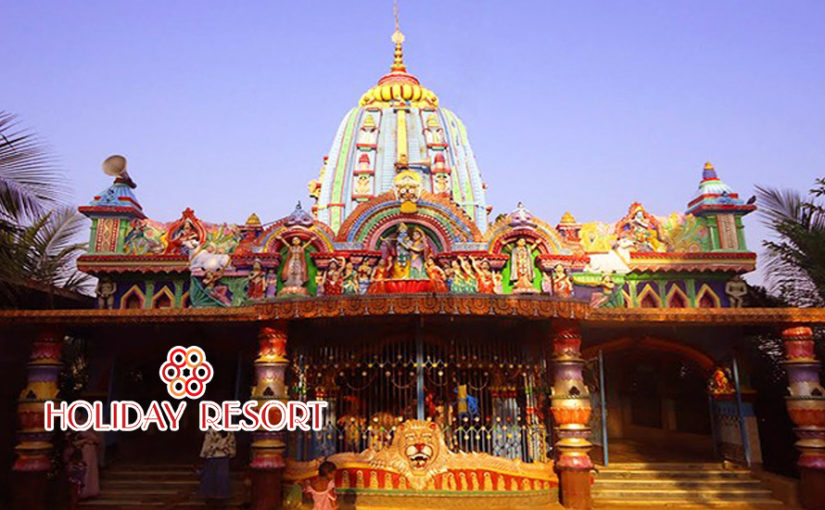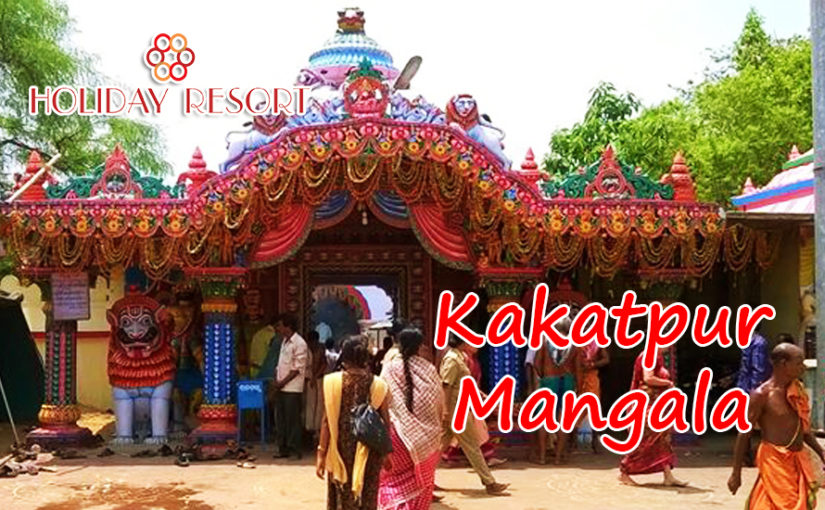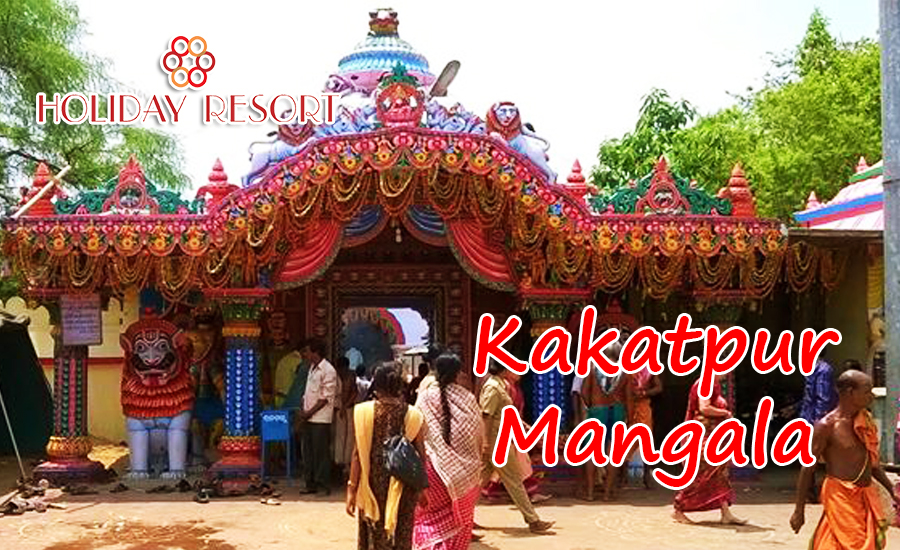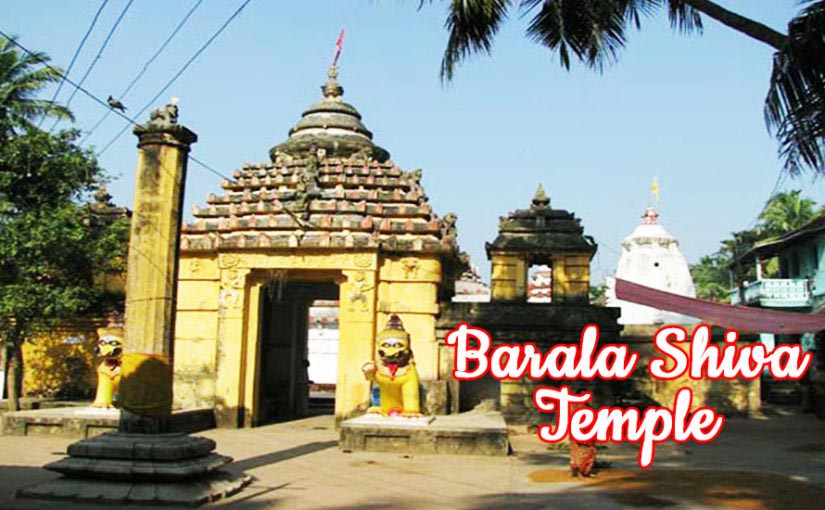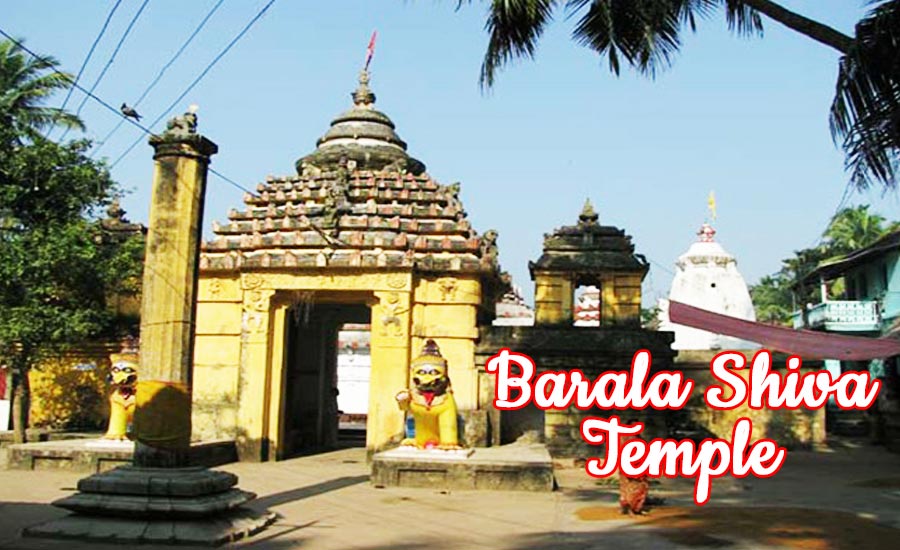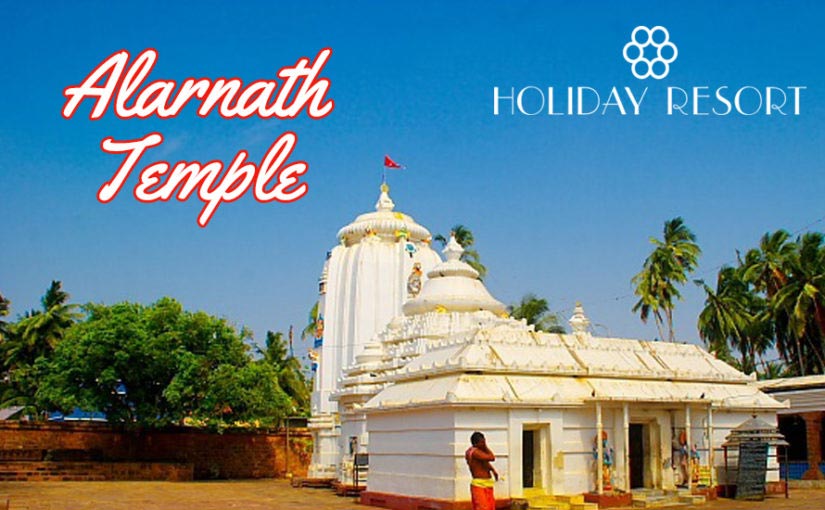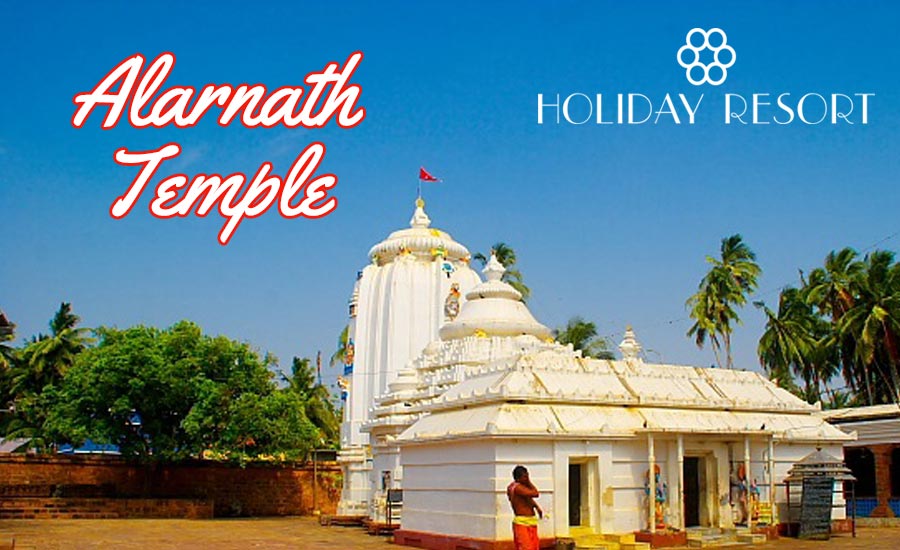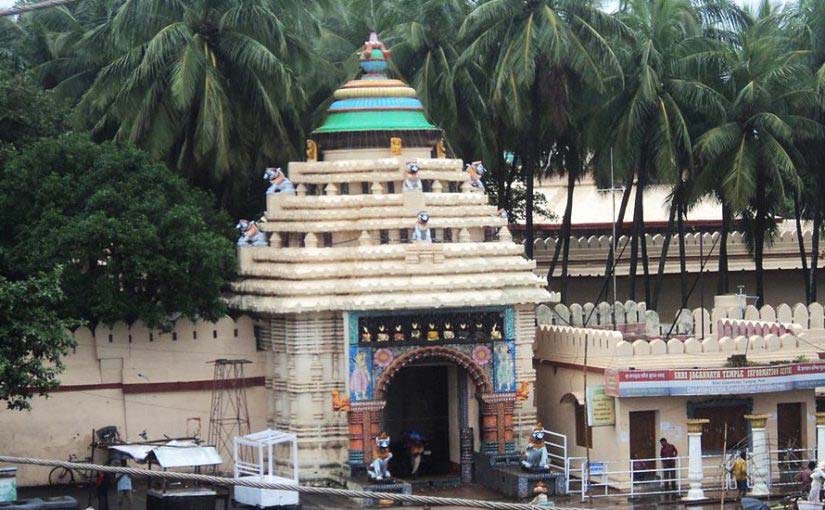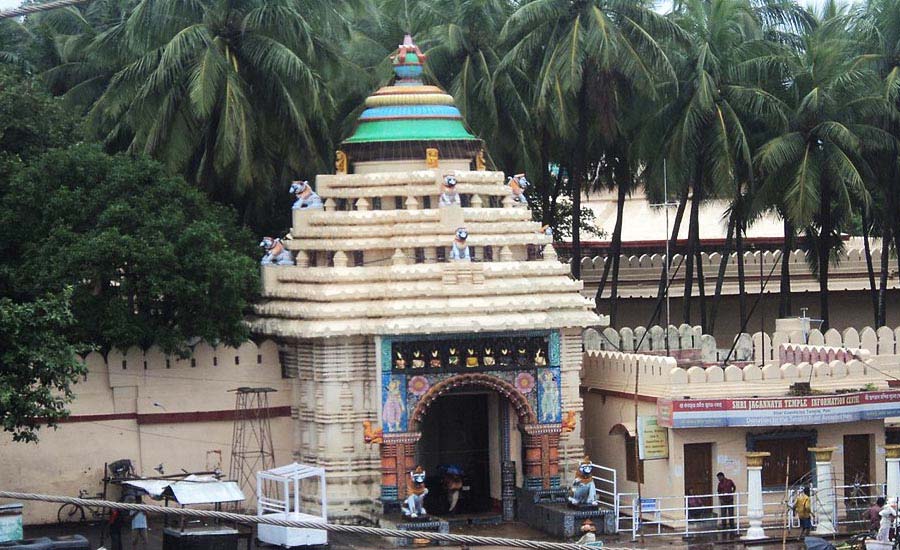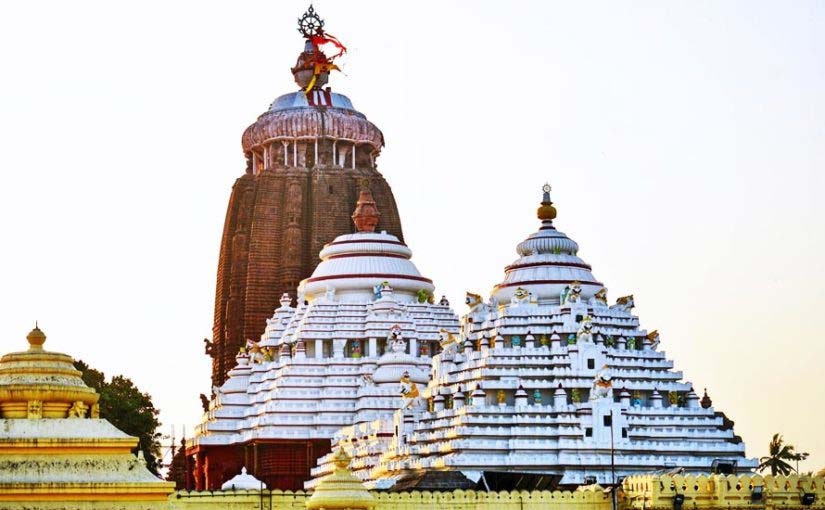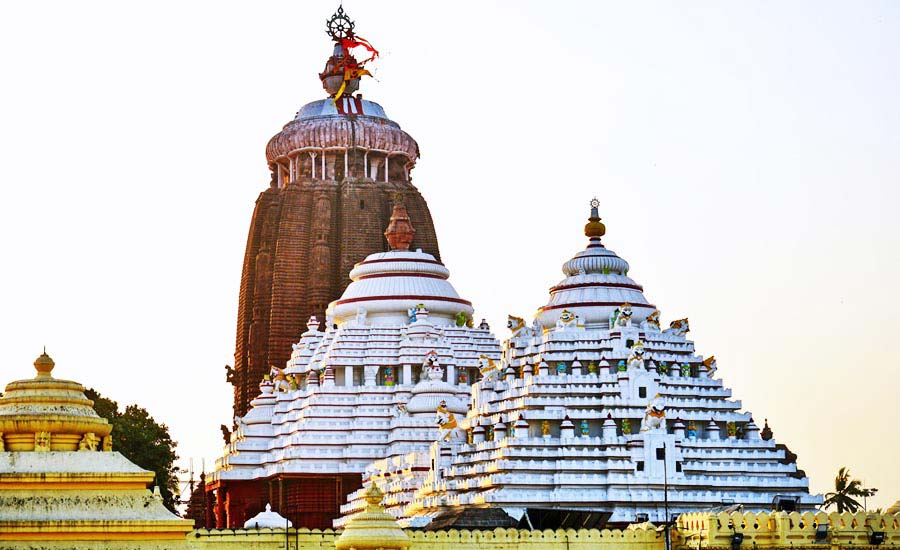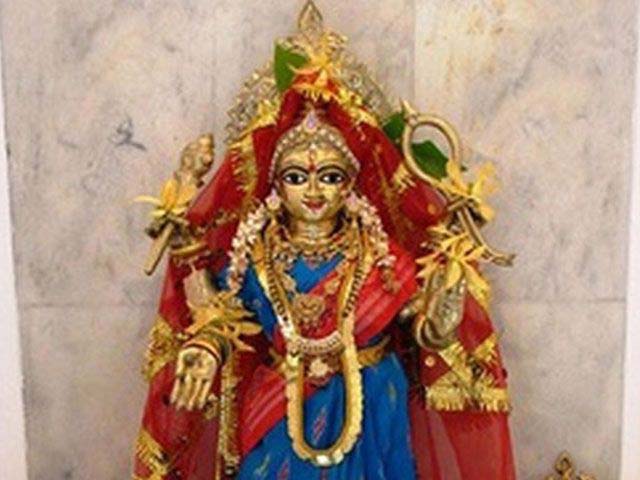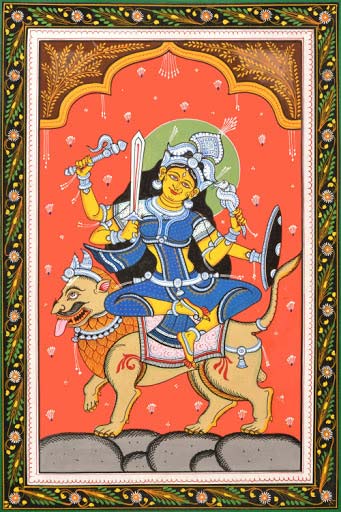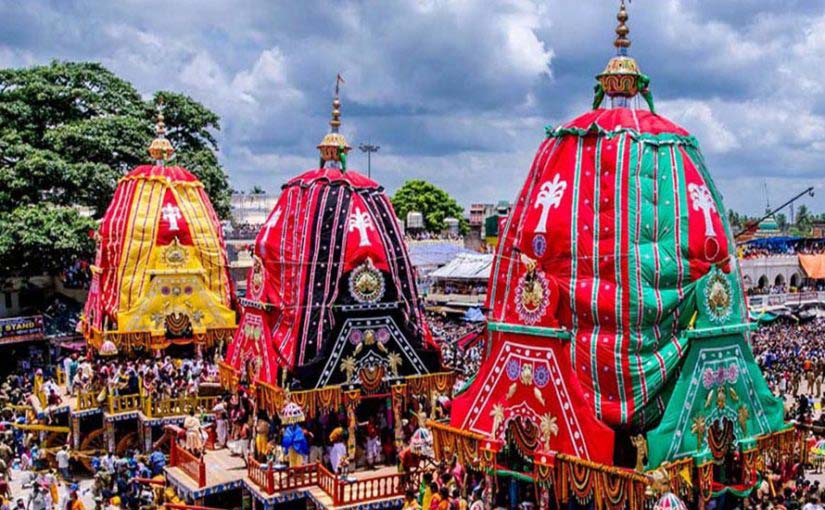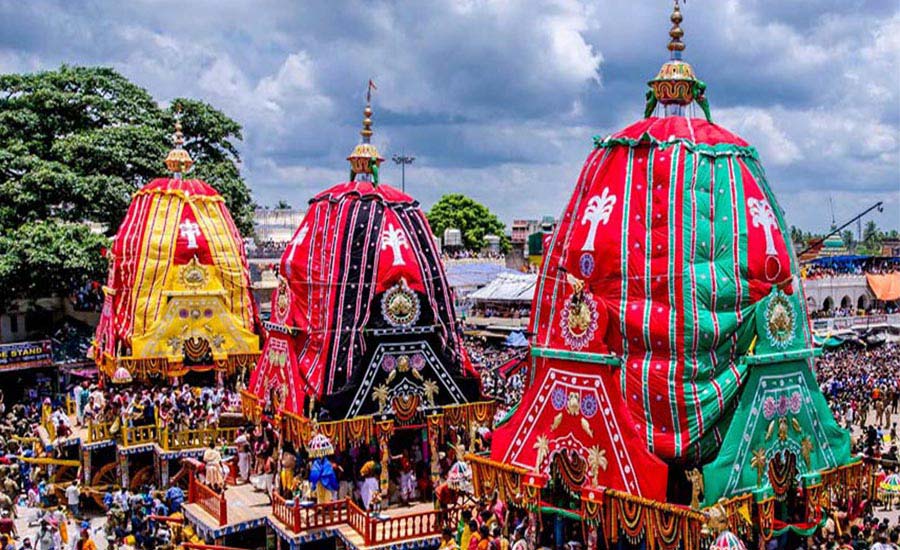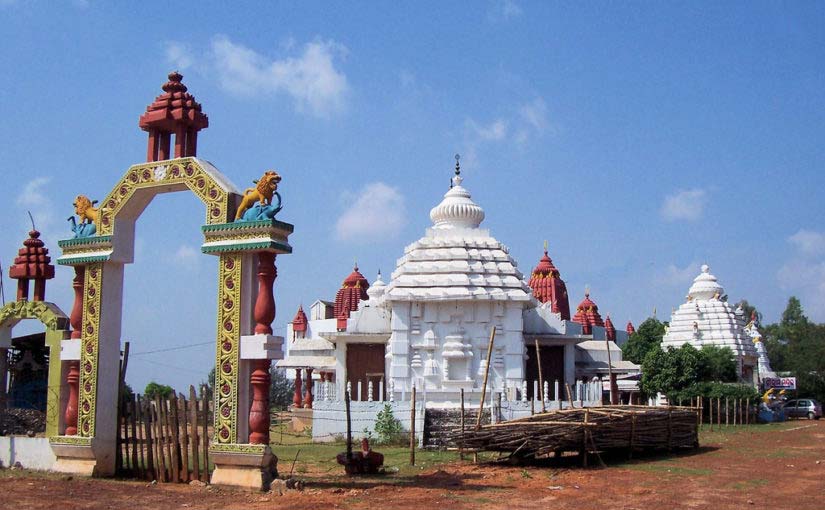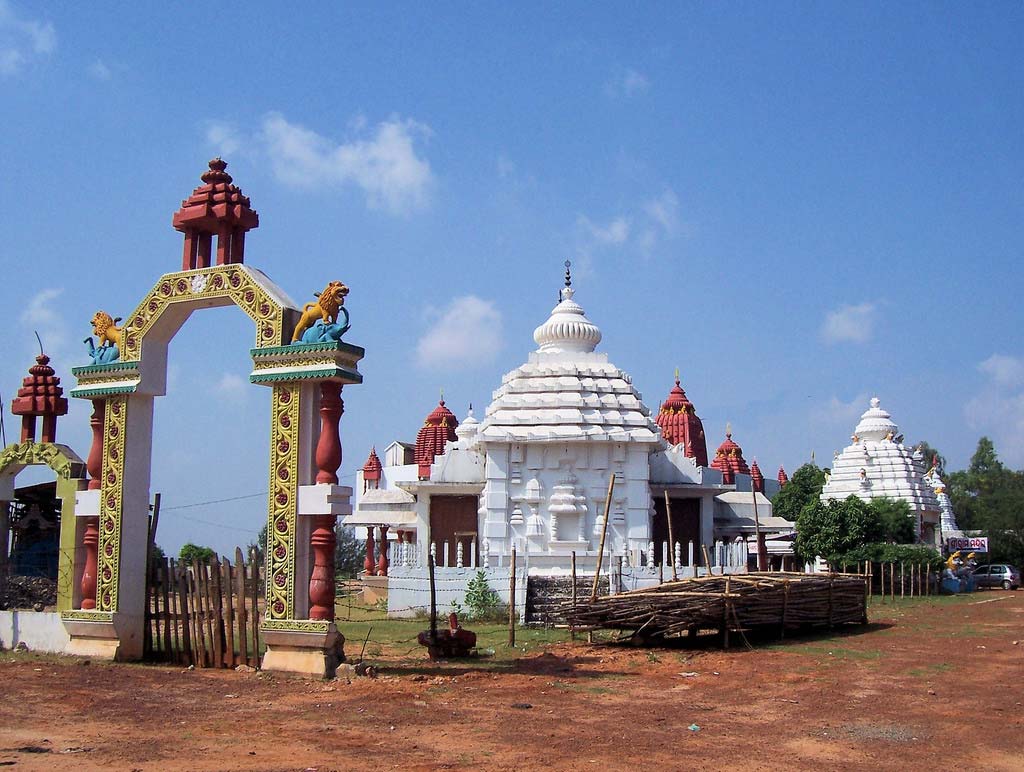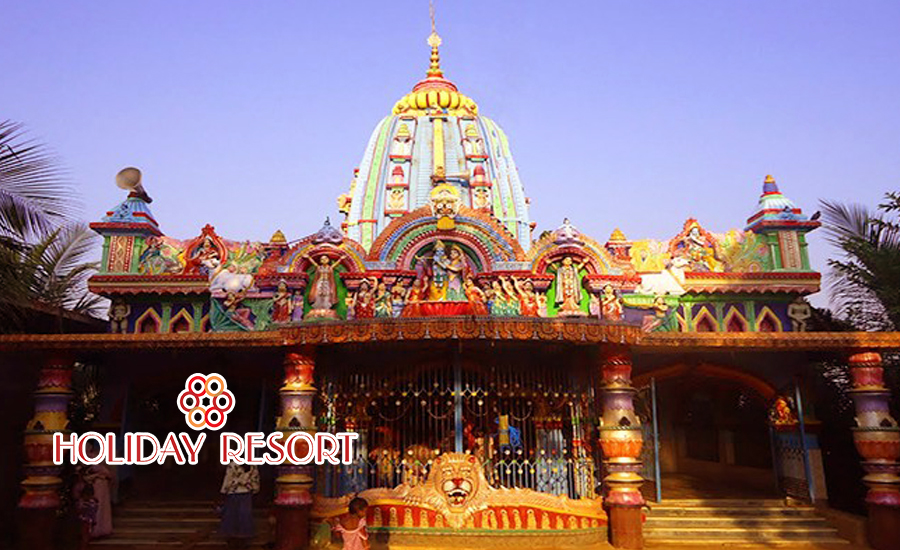
A village named after Manika, a milkmaid who had supposedly sold yogurt to Lord Jagannath and Lord Balabhadra when they were on their way to Kanchi. The word ‘Manikapatna’ is a combination of two words ‘Manika’ and ‘Patana’. ‘Manika’, the name of the milkmaid and ‘Patana’ means ‘Village’.
Manikapatana, alternatively spelt as Manika Patna, is located in the Puri district. It is quite close to the mouth of the Chilika lake.
Manikapatana, one of the Excavated Archeological Sites of Puri district, is in Krushnaprasad block from which the remains at mediaeval period are found. This village is also famous for Bhabakundalesvara Temple.
Bhabakundaleswar temple is located on the left side of the National Highway 203 leading from Puri to Satpadabranching at a distance of 3.3 kilometers from Dahikhia square and situated at a distance of half kilometer from the Bay of Bengal. It is located around 44 kilometers from Puri. The temple is facing towards east and the presiding deity is a Siva Linga made of black chlorite stone. Festivals like Sivaratri, Kartika Purnima, Ekadasi, etc are observed in this temple with great devotion. Marriage, thread ceremony, engagement, etc are also observed here.
One of the most popular stories related to Lord Jagannath is that of kanchiavijana (or journey to Kanchi). Once the King of Puri, Purusottama Deva in the Gonga Dynasty, went to the South India and reached a kingdom called Kanchi. There he met the daughter of the King of Kanchi – Padmavati and both came to know each other. Later the King of Puri was invited by the King of Kanchi who, along with his queen was very pleased with Purusotama Deva and offered marriage proposal for their daughter. Pursottama Deva was very happy with the proposal and accepted gladly. Later the King of Kanchi sent his minister to Pursottama Deva with an official proposal for Marriage. It was the time of RathaYatra (Car Festival), so King Pursottama Deva asked the Minister to stay for few more days so that he can enjoy the Famous RathaYatra of Puri. The Minister was quite happy to see the same. On the Rathayatra day thousands of people gathered to see the festival.
The Minister of Kanchi saw that King Pursottama is standing in front of the chariot with a broom in his hand. After sometime he started sweeping the area where the chariots were kept. The Kanchi minister felt very bad by seeing this activity. He was very angry with this act of the king and returned back to Kanchi immediately and said everything to the king, stating that how can we put the hands of our princess in the hands of a sweeper who sweeps the road.
The King of Kanchi without understanding the situation agreed to the minister opinion and decided that he would certainly not give the hand of his daughter in marriage to one who performs the vile work meant for an untouchable. After this the King of Kanchi organized a Swayambara ceremony where he invited every suitable man from everywhere except King Pursottama Deva. Hearing this Pursottama Deva felt very bad and decided to challenge the King of Kanchi for a war.
For more interesting places and tales stay connected with us at www.puriholidayresort.com

